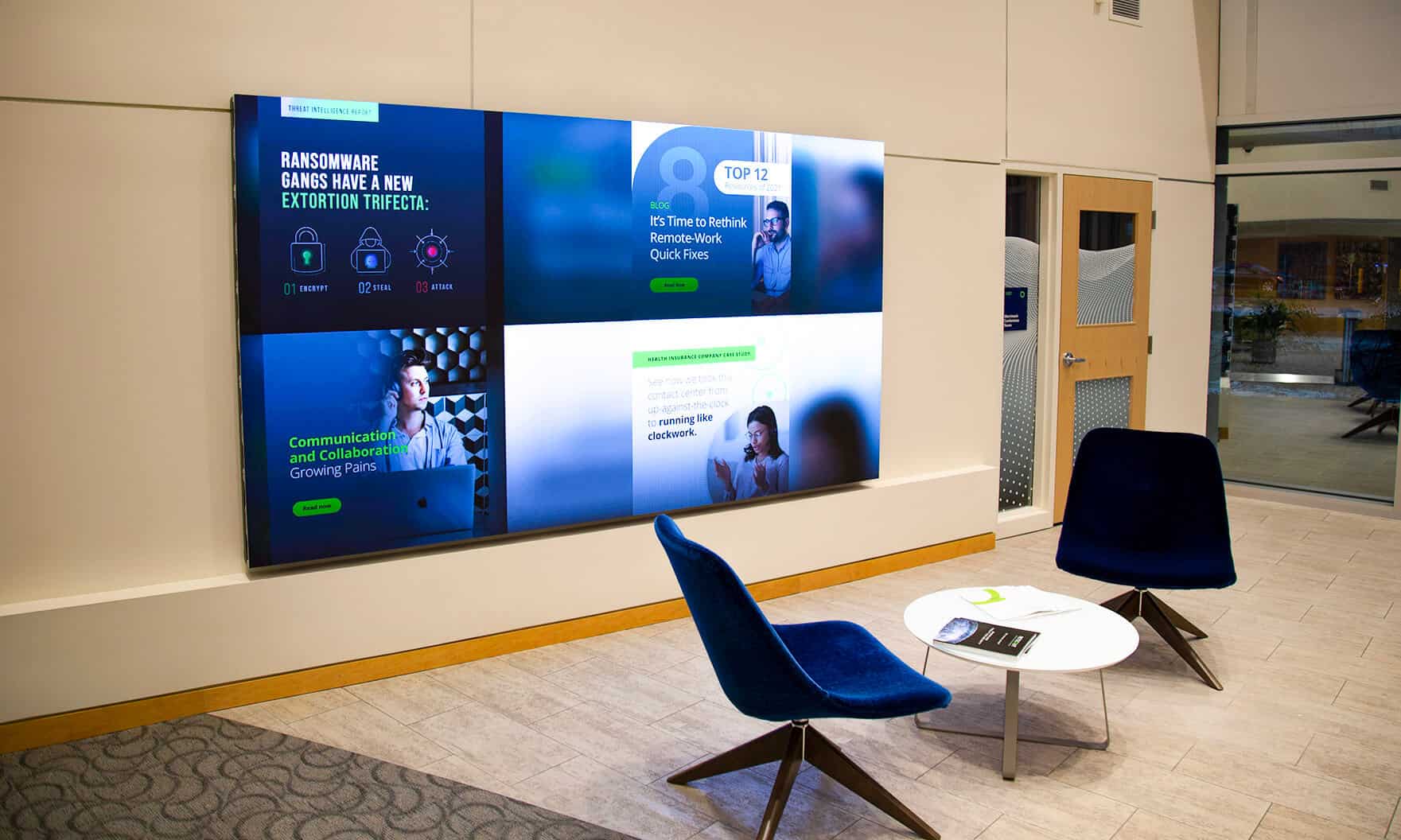Mastering Color Precision in Light Emitting Diode Wall Adjustment for Stunning Graphic Presentations
Mastering Color Precision in Light Emitting Diode Wall Adjustment for Stunning Graphic Presentations
Blog Article
Color accuracy is essential for creating breathtaking visual displays, especially when using LED walls. These massive displays are frequently found in locations like music venues, sports arenas, and promotional billboards. When the hues on an LED screen are not correct, the images can look dull or distorted, which can impact the total impression for audiences. Therefore, perfecting color precision in LED wall calibration is crucial for achieving vibrant and realistic images.
The first step in ensuring color accuracy is comprehending how LED systems works. LEDs, or light-producing diodes, generate light in various colors by combining red, green, and blue (RGB) light. Each dot on an LED wall consists of these three colors. When calibrated properly, the mix of RGB can produce a wide range of colors. However, if one color is too intense or too faint, it can distort the entire display. This is why calibration is needed to equalize the hues and reach the intended visual effect.
Calibration involves modifying the settings of the LED wall to make sure that the colors shown match the original material as nearby as possible. This process usually involves using specialized software and hardware instruments. Technicians often use color measurement devices, such as spectrophotometers, to examine the hues being displayed. By contrasting the measured hues to benchmark color values, they can make exact adjustments. This ensures that the colors are not only lively but also consistent across the whole display.
Another important factor of color accuracy is comprehending the environment in which the LED screen is employed. Factors such as surrounding light can significantly affect how colors look. For instance, a brightly illuminated room may wash out colors, making them look not as vibrant. To mitigate this, technicians may adjust the brightness and differentiation settings of the LED screen. Additionally, they may select specific color settings that are more appropriate for different lighting environments. This adaptability helps preserve color accuracy irrespective of the observing environment.
Finally, regular maintenance and re-tuning are crucial for maintaining an LED wall looking its best. Over time, the functionality of LEDs can led display calibration methods alter due to factors like aging and heat fluctuations. Regular checks and modifications can help guarantee that the colors stay accurate and lively. By committing time in proper calibration and maintenance, venues can provide viewers with stunning visual presentations that enhance their overall impression. Perfecting color accuracy in LED wall tuning is not just a mechanical task; it is an expertise that adds to the magic of graphic narration.